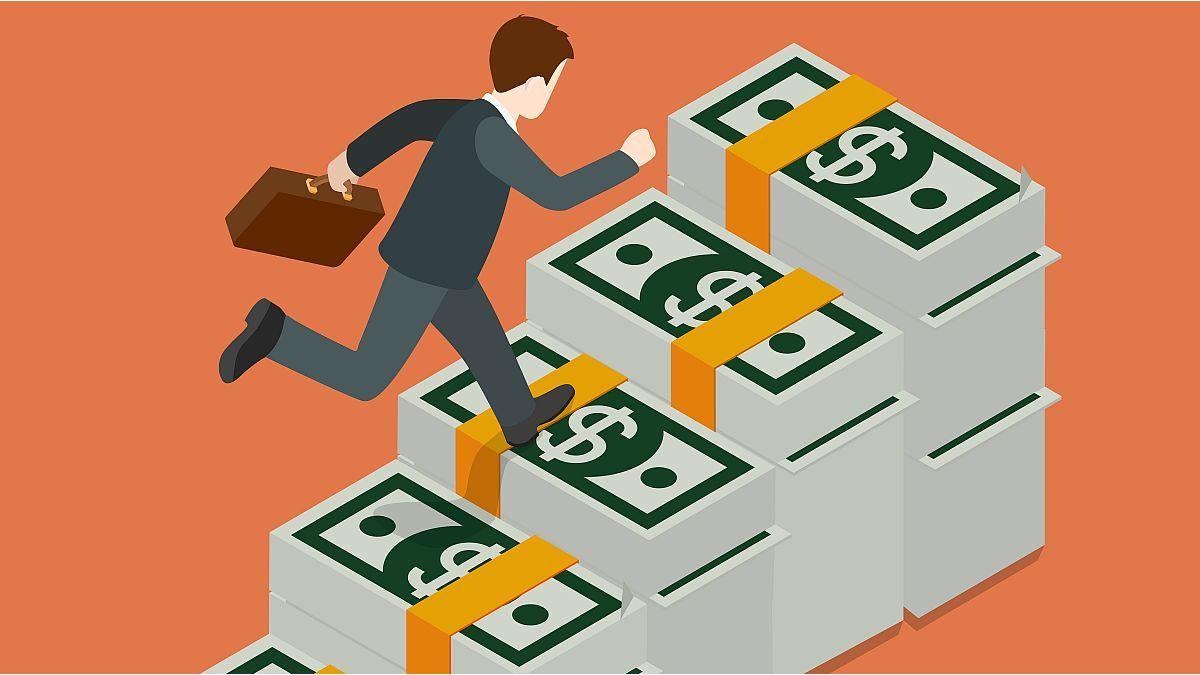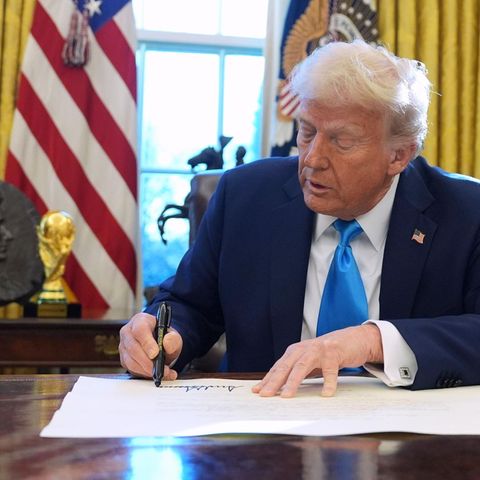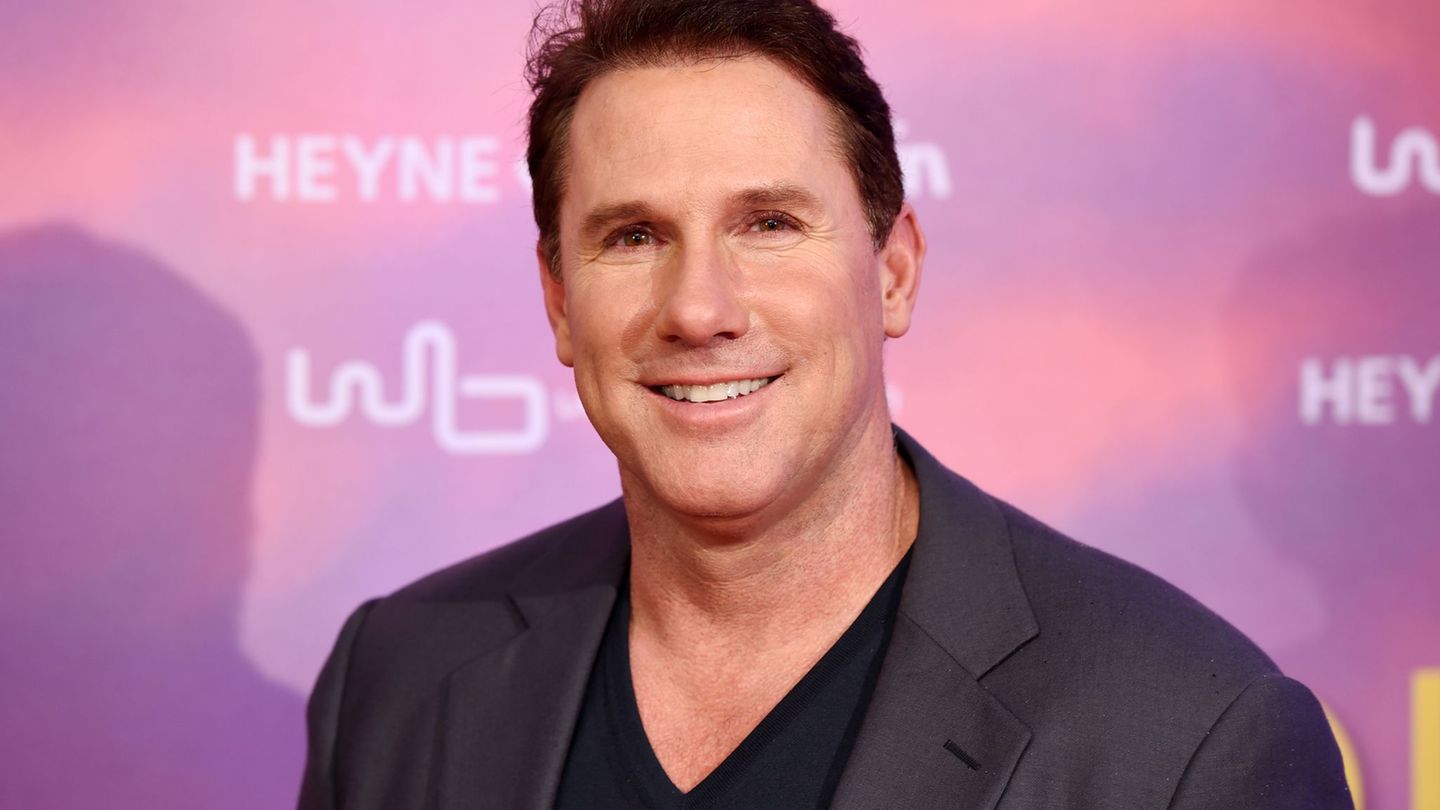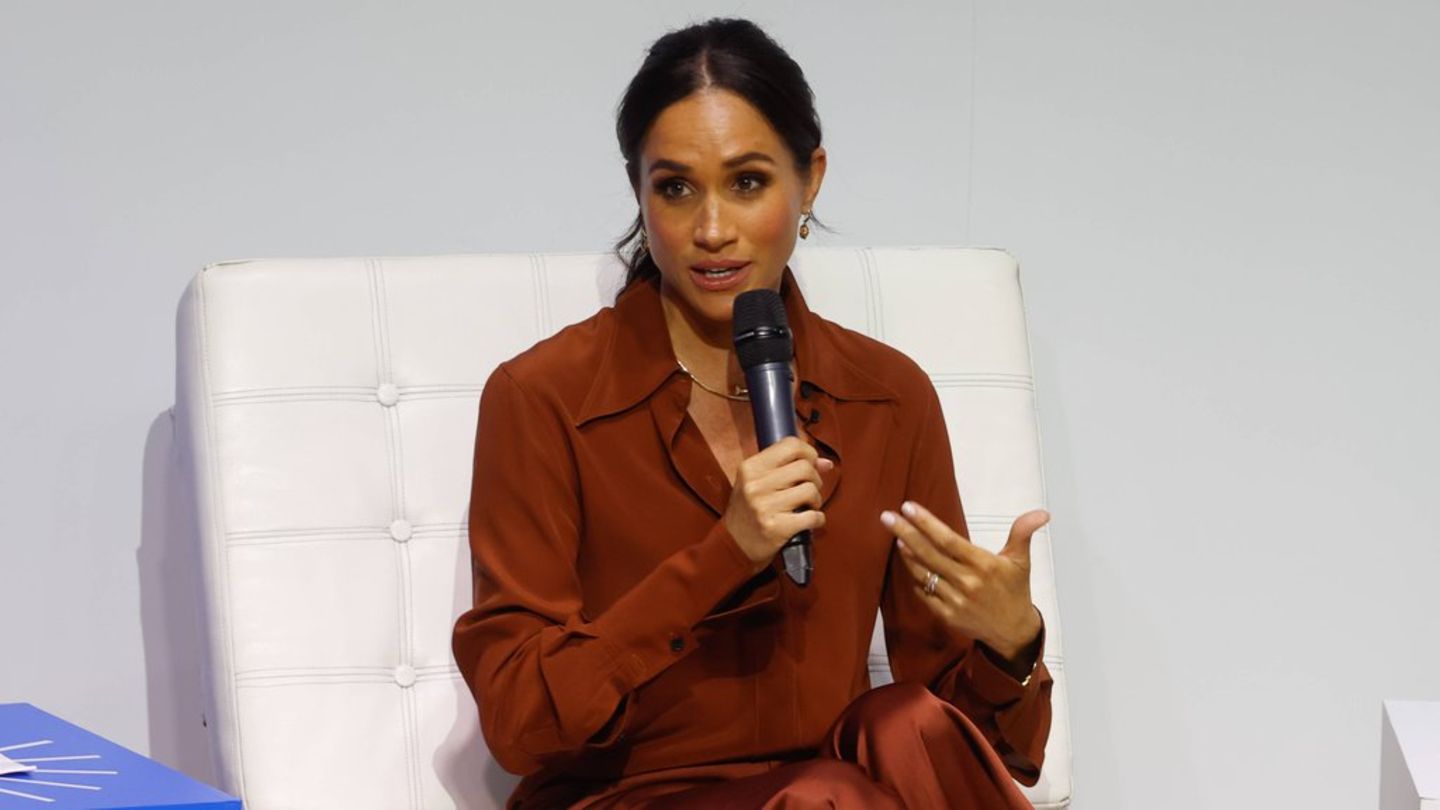The fixed exchange rate invites you to place yourself in the interest rate, for now and only for now, defined by the next president, the adjustment of relative prices will place us in another scenario. On this note, the probable path of inflation, sweetheart dollar and alternatives.
The government promised to leave the wholesale dollar at $350, and place the monetary policy rate at levels of 9.83% per month, or a nominal rate of 118.0% per year or an effective rate of 209.0% per year. Any resemblance to the Carry Trade (anchoring the exchange rate to win with the interest rate) is mere coincidence.
This move generates an increase in prices in the economy, which will leave the monetary policy rate negative against inflation, however, it will be positive against the wholesale exchange rate.
Reserves as of August 16 totaled US$ 23,612 million, and with the arrival of US$ 7,500 million from the IMF they could reach US$ 31,112 million.
Monetary liabilities as of August 16 are in a critical situation, unpaid liabilities (monetary base) are 25.2% of total monetary liabilities and add up to $6.4 trillion. Remunerated monetary liabilities (leliq, passes and others) represent 74.8% of total monetary liabilities and total $25.5 trillion.
The monetary liabilities versus reserves ratio (contemplating the IMF disbursement) gives us $818, the level where the blue dollar found a ceiling and began a decline in the week.
It is very true that sooner rather than later the IMF money will leave the reserves, since they lend us to pay them in the future, and that monetary liabilities grow at a rate of 209% per year, since the Central Bank never pays interest. This would lead us at some point to a scenario of exchange rate collapse, if we do not take the bull by the horns, and carry out a structural reform, the price of the exchange rates will be very bullish.
With data as of August 15, the net worth of the Central Bank amounts to US$ 27,544 million, this amount could be questioned, since the Central Bank has titles in its assets for the equivalent of US$ 99,029 million valued at 100% their value, when in the market they are not worth more than 35% with an optimistic look. On the other hand, the transitory advances to the treasury add up to US$ 13,117 million, and we know that the fiscal result of the treasury points to a deficit of 5% for this year, therefore, it will be difficult to pay this amount of debt.
Being benevolent, and only quoting the titles at 35%, the Central Bank should recognize a lower value of the assets in US$ 64,369 millionIf we subtract this amount from net worth, the Central Bank would have a negative net worth of US$ 36,825 million. With these numbers it is difficult for the next government to lift the stocks from one day to the next, we must take into account that to the aforementioned problems we must add that there are not enough dollars in cash to supply market demand. Under these same assumptions, let’s not even talk about dollarizing.
The Market Expectations Survey for July came out late and is outdated, therefore, we will omit to refer to said report. Looking at the rise in the wholesale exchange rate, and the probable rise in prices, we believe that the exchange rate will lose competitiveness in the coming months, and whoever takes office in December 2023 will have to adjust the relative prices of the economy and therefore adjust the price of the exchange rate.
Although working on assumptions, it is very good to have an expected inflation reference and an expected exchange rate for December of this year. Inflation for the year 2023 could be around 167% per year, and a wholesale exchange rate that could be around $616if the gap persists around 100% per year, the alternative dollars could be located at $1,233.
For those who detract from this type of forecast, it should be taken into account that the December future dollar is trading at $660, and the implicit rate is 244.9% per year.
At current prices, The one who acquires alternative dollars could have a return of 68.9% until the end of the year, the one who buys assets linked to the wholesale dollar could earn 81.2%, the one who places the money at an interest rate from today to the end of the year could earn 52.5% and the one who invests in a title that adjusts for inflation could earn 68.0%.
From the ranking analyzed, we believe that investing in securities that adjust for the wholesale dollar, known in the market as linked dollars, seem the best option. However, in the short term the freezing of the wholesale dollar for 90 days invites economic agents to place themselves in rates and measure the right time to return to assets that adjust for the exchange rate. The timing of the operators in the market is put to the test.
Source: Ambito
I am a 24-year-old writer and journalist who has been working in the news industry for the past two years. I write primarily about market news, so if you’re looking for insights into what’s going on in the stock market or economic indicators, you’ve come to the right place. I also dabble in writing articles on lifestyle trends and pop culture news.




